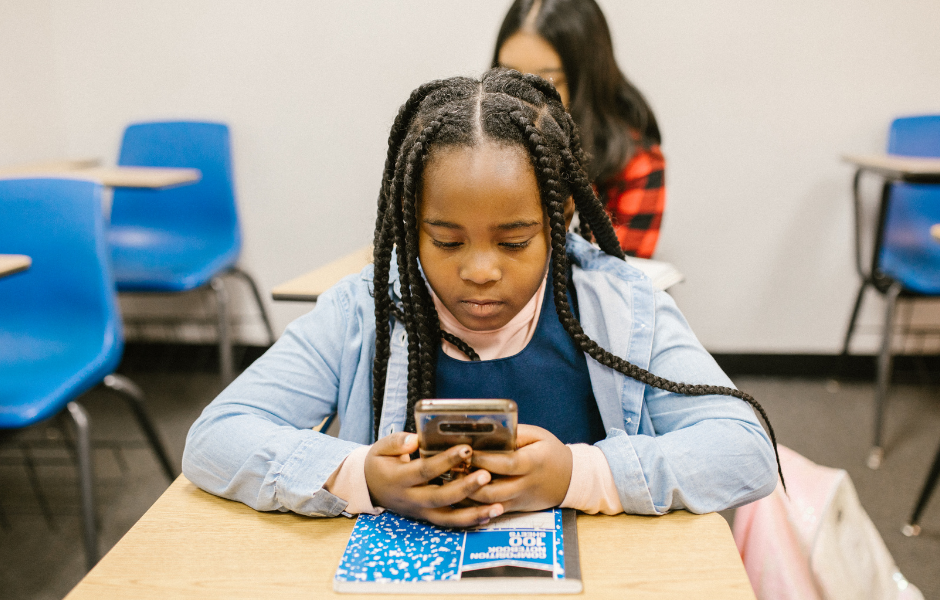| Of the many social media-related dangers that affect our children, cyberbullying is one of the most common and concerning. We have found that about 40% of 5th graders self-report having been cyberbullied via social media, with year-to-year increases as students age. Cyberbullying victims can suffer short and long-term mental health and even physical effects. Of highest concern, cyberbullied students are twice as likely to attempt suicide as other students. Studies show that an overwhelming majority of children disapprove of cyberbullying. That should cause us to question why then cyberbullying via social media has become so widespread. Here are six unique dynamics of social media that may be motivating or causing so many children to cyberbully: (1) Social media platforms promise privacy or anonymity: Social media can make our children feel as if they are communicating in a secure vault where gossip or harassment will never reach the subject of the conversation. However, some of the worst cases of cyberbullying can occur through posts or messages intended to be private, anonymous, or temporary, using social media platforms, such as Snapchat or WhatsApp, that advertise features like super encrypted or self-deleting messages. Unfortunately, with social media, there is no private; there is no anonymous; there is no temporary. Anyone can take a picture of a self-deleting message or forward a supposedly private message. Again and again, we see this supposed temporary or private content spread through social media eventually reaching the target of the bullying. (2) Social media promotes sharing: Cyberbullying can be the mere act of forwarding, sharing, or reposting someone else’s harassing content. In the world of social media, it does not matter if a child authored the content herself. Forwarding something puts her stamp of approval on it, attaches her name to it, and increases the harm for the target of the cyberbullying. Unfortunately, social media platforms want us to share content because that makes us all stay on the platforms longer. So the platforms teach children to habitually share anything they believe their peers might be interested in, including cyberbullying. (3) Communication through social media does not include face-to-face interaction: Numerous studies have shown that perpetrators of cyberbullying show less empathy towards their targets as compared with those engaging in traditional bullying. In theory, the reason for this decreased compassion comes from the lack of face-to-face interaction. Clicking a button to send mean posts and messages hidden away from the sight of the target’s reactions and facial expressions reduces the perpetrator’s ability to understand how the target has reacted to the unkind message. Without empathy as a deterrent, children are more likely to cyberbully. (4) On social media, justice seems to mean bullying the bully: Cyberbullying can also include harassing messages and posts made in response to someone else’s cyberbullying. Often children, even adults, will see someone engage in cyberbullying on social media and respond by harassing the original perpetrator. The thinking may be that attacking the cyberbully helps the original victim, provides some sense of “digital justice”, or deters the perpetrator from further engaging in cyberbullying. As we study these cases, though, we find that attacking the original cyberbully just increases the total harm and further contributes to an already toxic environment. There are safer and more effective ways to respond to cyberbullying, like reporting the perpetrator to the platform or a trusted adult and sending a friendly, supportive message to the victim. (5) Social media fosters a mob-like mentality: Seeing a group of people doing something, even when that something is cyberbullying, can make the observer feel like the behavior is socially acceptable or can cause the observer to disregard the negative consequences of that action. That is why, especially, when children see their friends and peers engage in harassment, they are more likely to join in. And, unfortunately, a lot of children, about 89%, report witnessing cyberbullying on social media. (6) We all crave likes and shares and views: Driven by a desire to get likes, shares, and views, children can post or message harassing content blinded to the fact that their posts may be harmful to another. In so many of the cases we study, children who have cyberbullied seem to have been trying to obtain attention through pranks and jokes that are actually harassment. They were trying to be funny to impress others. The need for approval on social media can, and many times does, override better judgment and empathy.Discussing these social media dynamics with your children and students will help prevent cyberbullying. If children can more accurately identify cyberbullying behavior, many will be less likely to engage in it. |
Dangers of Social Media

